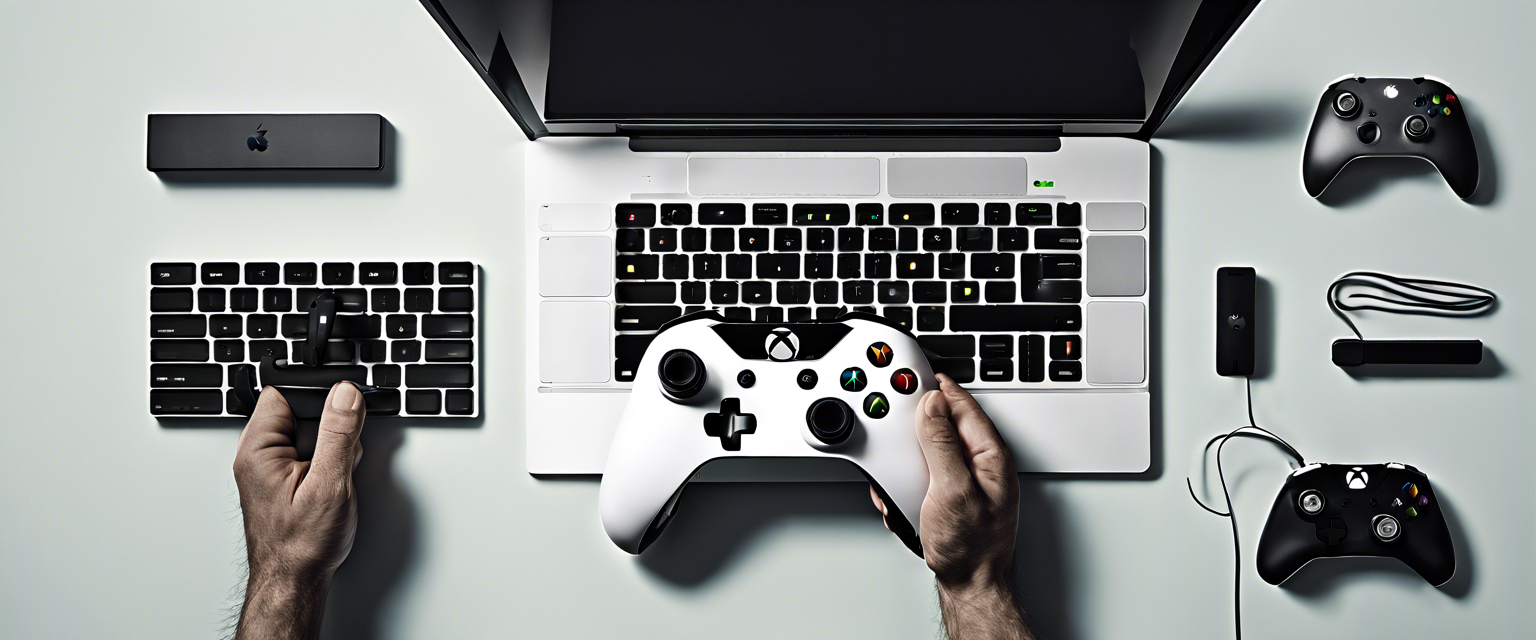With the advent of iOS 14, Apple has integrated the capability to establish sleep schedules directly within the Health app. This feature is designed to promote better sleep hygiene by allowing users to set specific bedtime and wake-up times tailored to their sleeping goals.
What is the Sleep Schedule Feature?
Setting a sleep schedule isn’t overly complex. Users determine their desired hours of sleep each night and establish a corresponding bedtime and wake time. While one could create a simple alarm in the Clock app, opting for a sleep schedule presents distinct advantages—most notably, the ability to automate your sleep routine. For instance, the Sleep Focus mode can be activated automatically when it’s time to sleep, and you receive reminders to help you adhere to your sleep goals.
Setting Up Your Sleep Schedule
Not only can users create a singular sleep schedule, but they can also add multiple schedules, accommodating varying daily routines, such as work, classes, or morning exercises. To establish your first sleep schedule, follow these steps:
Open the Health app on your iPhone.
Tap the Browse tab located in the bottom right corner.
Scroll down and select Sleep. You’ll see the Set Up Sleep screen. Tap the Get Started button.
If you don’t see the Get Started option, you can proceed to the next section.
Determining Your Sleep Goal
First, establish a sleep goal for the number of hours you aim to achieve each night and then tap Next.
Next, set your schedule by selecting the weekdays that it will be active. Adjust the Bedtime and Wake Up sliders by dragging the bed and clock icons to your preferred times.
Alarm Settings
If you’d like to add a wake-up alarm, toggle it on. Below this toggle, you can select your desired alarm sound from the Sounds & Haptics options, adjust the alarm volume, and choose whether to include a snooze option. It’s important to note that selecting a song as an alarm tone isn’t an option for sleep schedule alarms.
Once you’ve completed these steps, tap Next. You’ll have the option to set up a Sleep Focus mode; however, this can be configured later through Settings > Focus.
Adding Additional Sleep Schedules
After your initial schedule is set, adding extra sleep schedules is very straightforward:
Open the Health app and revisit the Sleep section, following the first three steps mentioned.
Scroll to Your Schedule and tap Full Schedule & Options.
Tap Add Schedule under the Full Schedule heading.
Select the days you want this new schedule to apply to, then set your Bedtime and Wake Up times accordingly.
Customize the alarm settings if desired, and tap Add in the top-right corner.
Customizing Your Sleep Schedule
The Health app offers various customization options for sleep settings:
Wind Down Period: This allows you to establish a transition time before bed, ranging from 15 minutes to three hours, where your Sleep Focus mode activates automatically.
Sleep Focus Mode: Introduced in iOS 15, it enables isolation from interruptions during your designated sleep period. You can configure it via Settings > Focus.
Sleep Reminders: Notifications can be enabled to alert you when it’s time to wind down or go to bed.
Sleep Results: You’ll receive notifications about your sleep achievements, provided you have sleep tracking activated on your Apple Watch or a compatible third-party sleep app.
Editing Existing Schedules
When your routine evolves or needs adjustment, editing your sleep schedule can be done easily:
Navigate to the Sleep menu in the Health app, scrolled down to Full Schedule & Options, and tap the Edit link next to the schedule you want to amend.
For temporary changes, select Your Schedule and tap Edit at the top for just your next wake-up time.
In the Clock app, navigate to the Alarm tab, locate the Sleep alarm, and tap Change to adjust it.
If you use an Apple Watch, open the Sleep app to edit schedules or create new ones as needed.
Conclusion
As of October 7th, 2024, it's worth noting that the Time in Bed feature has been removed with the release of iOS 18. Users will now need an Apple Watch to access detailed sleep tracking data, though setting bedtime schedules remains possible without the device. The Health app continues to provide robust functionalities to support users in achieving their sleep goals with customization and automation options.



Yorum yazın
Tüm yorumlar yayınlanmadan önce incelenir.
Bu site hCaptcha ile korunuyor. Ayrıca bu site için hCaptcha Gizlilik Politikası ve Hizmet Şartları geçerlidir.